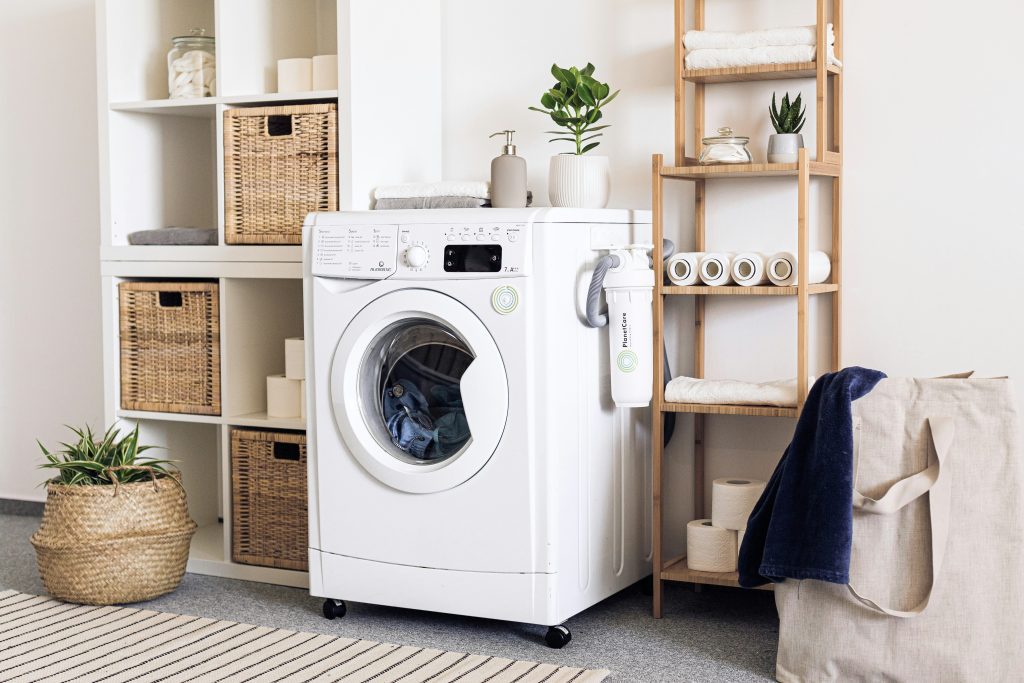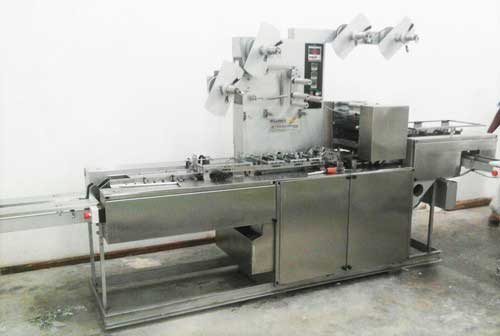Breaking Down Different Types of Plastic Bottles for a Water Business
Water, the elixir of life, is the most elemental and indispensable beverage on the planet. Plastic water bottles have become popular, making them vital to the beverage industry.
Choosing the correct type of plastic bottle can be pivotal to product integrity, safety, and environmental impact.
In this comprehensive guide, we’ll plunge into the sea of plastic bottles, navigating through the different types, their uses, and the why and hows of selecting the best ones for your water business.
The Plastics: Understanding the Resin IDs
The Society of the Plastics Industry (SPI) in the United States developed a system. To help with recycling, each type of plastic is labeled with a distinct resin identification code (RIC).
These codes range from #1 to #7 and are often found on the bottom of plastic containers. Understanding these codes is the first step in making informed choices about the plastics you use.
Types of Plastic Water Bottles
Regarding plastic water bottles, one size does not fit all. Here are some of the most common types used in the water industry:
Single-Use PETE Bottles
Single-use PETE bottles are the industry standard for their clarity, durability, and recyclability. They’re lightweight, shatter-resistant, and won’t leach harmful chemicals into the water, provided they aren’t reused.
Biodegradable Plastic Bottles
These bottles are made from biodegradable plastics like PLA (polylactic acid) and PHA (polyhydroxyalkanoates). They are a popular choice for conscious brands. This needs specific environmental conditions to biodegrade, which may not be available in landfills.
Squeeze Bottles
Made from LDPE or HDPE, squeeze bottles are softer and more flexible, allowing for easy water dispensing. They come in various sizes and are often used for sports drinks and on-the-go hydration.
Colored Bottles
Colored bottles can be made from any type of plastic but are PETE. The color can protect the water from light exposure, which can degrade certain types of bottled water over time.
Shaker Bottles
Shaker bottles, used for protein shakes and supplements, are designed with a mixing mechanism inside. They are usually made from a combination of BPA-free plastics.
Specialty Bottles
These are designed to add specific functionalities to bottled water. The type of plastic used in these bottles depends on the intended use and the properties required.
Consider factors like the environment of use, shelf life, and consumer preferences. Examining the pros and cons of each type can help you make an informed decision.
Sustainability and the Environment
The bottled water industry has been criticized for the environmental impact of plastic pollution. While all plastics have their role, businesses must rank sustainability.
Recycled PETE (PETE)
Using rPETE in bottle production is one way to reduce the environmental footprint. PETE bottles are made from pre-existing recycled plastic.
It minimizes the need for new virgin plastic. This material maintains the clarity and durability of traditional PETE while being friendly.
Minimalist Packaging
Consider the packaging beyond the bottle itself. Using less plastic for caps and labels, or even using paper-based materials. This can reduce the use of plastic in your product.
Bioplastics
Biodegradable or compostable bioplastics offer a renewable and often more sustainable alternative to traditional plastics. Yet, their environmental benefits depend on proper disposal and the infrastructure for industrial composting.
Sustainable practices help the planet and can also be a selling point for conscious consumers, giving your brand a competitive edge.
Safety and Health Concerns
Plastic bottles can leach chemicals into the water, particularly when exposed to heat or sunlight. Here are a few considerations:
BPA and BPS
Bisphenol A (BPA) is a chemical used to make certain plastics and resins since the 1960s. Recently, safety concerns have focused on it, and many producers have shifted to BPS as an alternative. Both are known endocrine disruptors, affecting reproductive and developmental health.
Phthalates
Phthalates are a group of chemicals used to make plastics more flexible and harder to break. They are often found in soft, squeezable plastics like bags and bottles. While there are regulations on their use, concerns about exposure and health effects persist.
Antimony
Antimony is a metalloid that is a byproduct of the production of PETE. It can leach into water, and high levels have been found in some bottled water. Long-term exposure to antimony can cause stomach ulcers and skin irritation and may be linked to cancer.
Aesthetic Considerations
The appearance of your water bottle is often the first thing consumers notice. Aesthetic considerations can play a significant role in the purchasing decision:
Labeling and Branding
Your packaging is a significant branding opportunity. A well-designed label can convey your brand story, highlight the benefits of your water, and make your product stand out on the shelf.
Private label water presents an excellent opportunity for businesses to customize and brand their own bottles, differentiating themselves in the market.
Shape and Size
Different bottle sizes and shapes appeal to different consumer needs. Whether you’re aiming for the convenience of a small, to-go bottle or the value of a larger size, the look and feel of the bottle can make a statement about your product.
Clear or Colored
The choice between clear and colored bottles affects not only the aesthetic appeal of your product but also its shelf life. Clear bottles allow consumers to see the purity of the water, while colored bottles can add a premium or personalized touch.
Regulatory Considerations
The bottled water industry is subject to a range of regulations, and different types of bottles may come with different requirements:
FDA Standards
The U.S. Food and Drug Administration (FDA) has stringent regulations for the packaging and labeling of bottled water. Compliance with these FDA regulations is non-negotiable when a product is introduced.
International Regulations
If you sell your water globally, you must understand and follow the regulations of each market. Different countries have different standards for what is considered safe and acceptable packaging.
Local Recycling Initiatives
Many regions have their recycling guidelines and initiatives. Choosing a bottle that aligns with local recycling capabilities can enhance your brand’s sustainability efforts and endear you to the local consumer base.
Exploring the Different Types of Plastic Bottles for a Water Business
Selecting the right plastic bottle for your water business is an intricate balancing act between quality, safety, environmental impact, and consumer appeal. It requires a clear understanding of the different types of plastics. It is a keen eye for the implications of each choice on your product and brand.
By prioritizing all these elements, your water business can thrive in an industry as dynamic as the quest for the perfect water bottle.
For more helpful tips, check out the rest of our site today!






